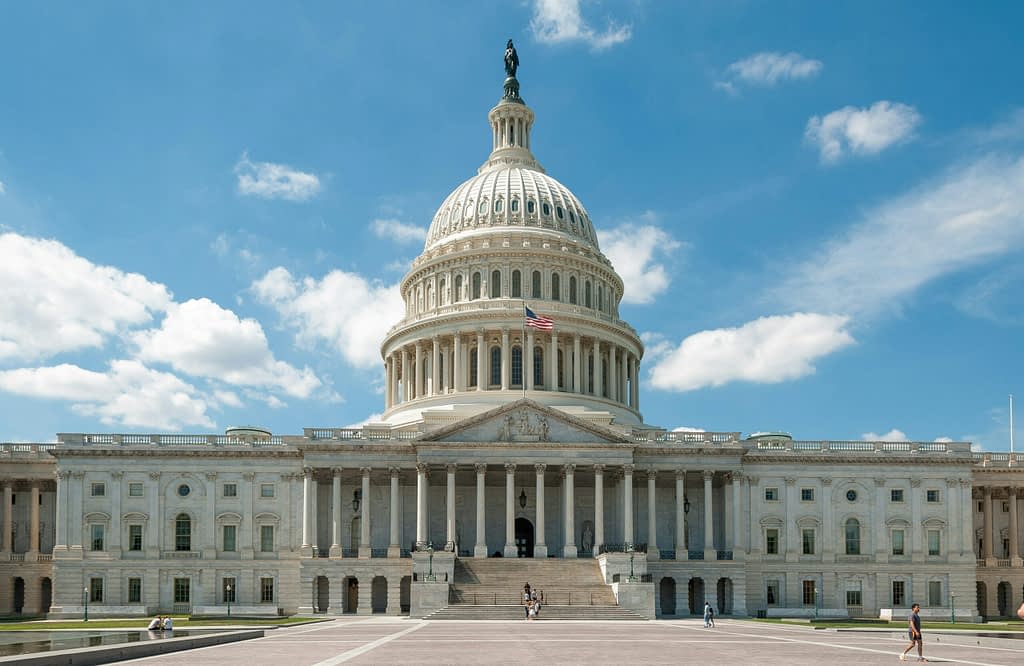The U.S. House of Representatives narrowly approved President Donald Trump’s ambitious multi-trillion-dollar tax package on Thursday morning. This comprehensive tax reform aims to prevent year-end tax increases, though at the cost of adding to America’s national debt. The proposal now moves to the Senate, where Republican senators have already announced demands for significant changes.
Close Vote and Political Pressure
The vote passed 215-214 with one abstention, sparking celebration among Republicans in the chamber. This success followed an intensive campaign by President Trump, who:
- Personally visited the Capitol to mobilize Republicans
- Called lawmakers late into the night
- Invited undecided legislators to the Oval Office
- Through his budget office, labeled any Republican who failed to support the package as committing the “ultimate betrayal”
House Speaker Mike Johnson and his team conducted challenging negotiations right before the vote to balance demands from various Republican factions.
Key Elements of Tax Reform
Tax Relief and Changes
The package extends Trump’s first-term tax cuts that were set to expire December 31st, while adding new tax relief:
- Raising the state and local tax deduction limit to $40,000
- Temporary exemption of tips and overtime pay from taxes
- Gradual increase of tax deductions by 1% annually for ten years
- Phase-out provisions for individuals earning over $500,000 annually
Spending Cuts and Controversial Measures
The reform includes cuts to social programs that may deepen economic inequality:
- Restrictions on food stamps and Medicaid health coverage
- Accelerated end to clean energy tax credits from the Biden era
- New work requirements for Medicaid starting December 2026
Impact on National Debt and Economy
The package includes a $4 trillion debt ceiling increase, with the Treasury Department predicting possible government default as early as August or September without this measure. The reform is estimated to:
- Add hundreds of billions of dollars annually to the deficit
- Support the economy while it grapples with impacts from the steepest tariffs in nearly a century
- Raise bond investor concerns about ballooning U.S. debt, as evidenced by Moody’s U.S. credit rating downgrade
Additional Significant Measures
Military and Security Spending
The proposal significantly increases key expenditures in line with Trump’s priorities:
- $150 billion for military spending
- $175 billion for immigration law enforcement
- $12 billion in state reimbursements for border security costs (primarily Texas)
New Taxes and Fees
The package introduces targeted tax increases for specific groups:
- 21% tax on net investment income for private universities with large endowments (up from 1.4%)
- New fee for immigrants on money transfers abroad
- Elimination of most electric vehicle tax credits by end of 2025
Senate Outlook and Next Steps
Republican senators have already signaled demands for substantial changes before approving the package. Main points of contention include requests for permanent rather than temporary tax cuts, opposition to Medicaid cuts, and calls for deeper overall spending reductions.
Lawmakers plan to vote on approval by August, creating time pressure given the looming government default threat. Democrats have announced they will make this package a central issue in upcoming congressional elections, labeling it “reverse Robin Hood” – taking from the poor and giving to the rich.




